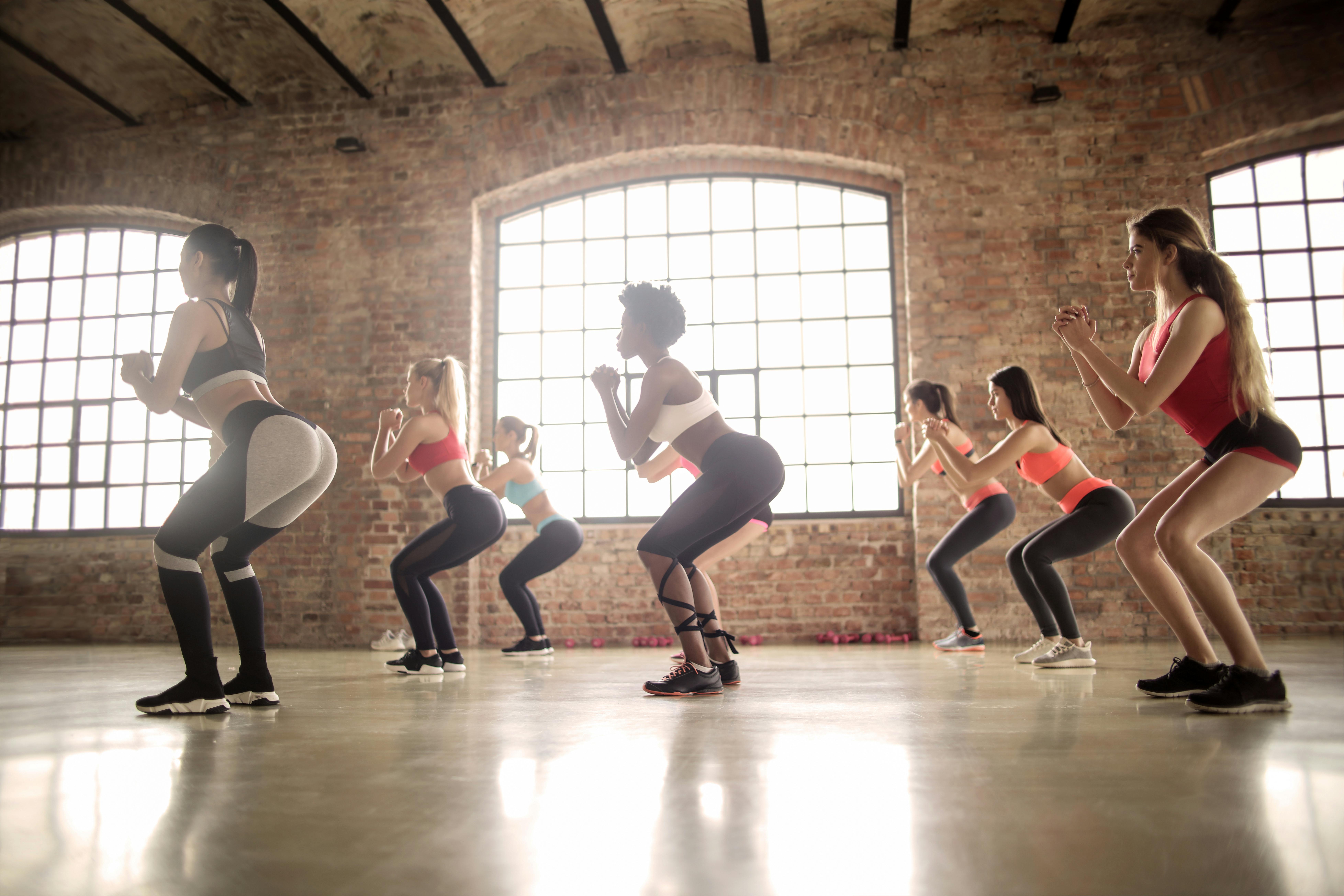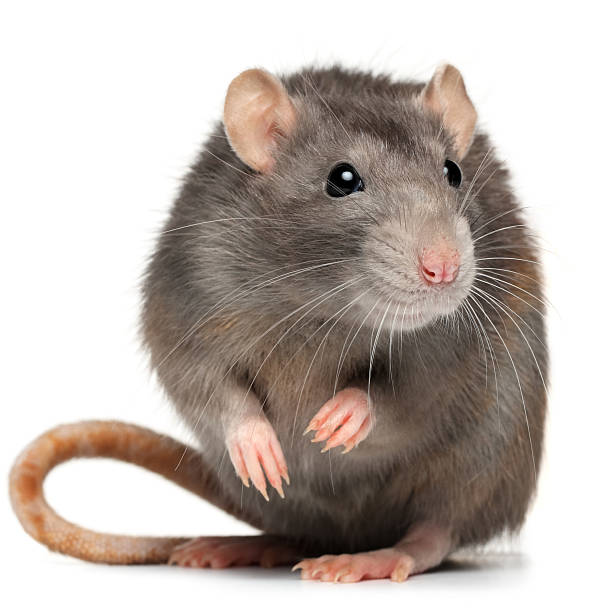Breaking Barriers: The Integration of Dance and Sports
In the early 20th century, the worlds of dance and sports were distinctly separate. Dance was seen as a form of artistic expression, while sports were viewed as a display of athleticism and competition. However, this began to change in the 1920s with the emergence of dance marathons, which tested participants' endurance and physical prowess, turning dance into a competitive event.

By the mid-century, various dance forms began to find their place within athletic training programs. Ballet, for instance, was incorporated into the training of football players to improve their agility and balance.
Modern-Day Fusion of Dance and Sports
Fast-forward to the 21st century, and the line between dance and sports is blurrier than ever. Dance has become a crucial part of sports culture—think cheerleading at football games, half-time performances at basketball games, and rhythmic gymnastics at the Olympics.
On the flip side, sports such as figure skating and synchronized swimming have adopted elements of dance, integrating choreographed routines into their competitions.
The Science Behind the Synergy
The integration of dance and sports goes beyond mere cultural trends—it’s backed by science. Dance can help athletes improve their flexibility, balance, and coordination, all of which are critical to athletic performance.
Moreover, dance can help athletes develop mental resilience and concentration. It requires a high level of focus and emotional expression, which can enhance an athlete’s mental toughness and ability to perform under pressure.
Real-World Applications
Many sports teams and athletes now incorporate dance into their training. The New Zealand All Blacks, for instance, perform the Haka—a traditional Maori dance—before their rugby games. This not only boosts their morale but also intimidates their opponents.
In the world of basketball, players often use dance as a form of celebration. It’s a way for them to express joy, bond with their teammates, and connect with their fans.
The Future of the Dance-Sports Dynamic
As we move forward, the fusion of dance and sports is likely to become more prevalent. Virtual reality technology, for instance, is enabling athletes to learn new dance routines and improve their performance.
Furthermore, the increasing focus on mental health in sports could lead to greater use of dance as a form of therapy. Dance is a powerful tool for self-expression and stress relief, making it a valuable asset for athletes dealing with the pressures of competition.
In conclusion, the integration of dance and sports is a fascinating development that highlights the versatility and interconnectedness of human physicality. It is a testament to our ability to adapt, innovate, and create new ways to express ourselves and push our limits.




